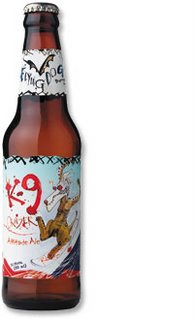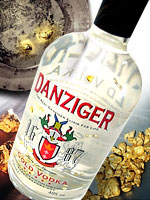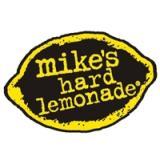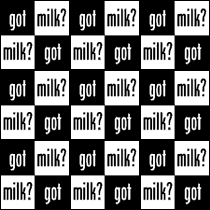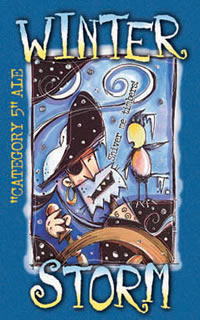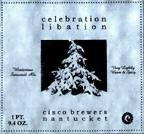Radical Winemakers: The French wine industry is going through shrinking pains caused by a reduction in domestic consumption and the growth of foreign competition. Now the
Winemakers' Regional Action Committee is threatening more militant action, including attacks on shipments of foreign wine coming into France. The group is strongest in the
Languedoc region, where proposed
European Union market reforms are expected to hit the hardest. The region was the center of a winemakers revolt in 1907 when prices plummeted.
+++ +++ +++ +++
Carlsberg Plans India Plant: Carlsberg, the Danish brewing giant, will build a new brewery in Rajasthan, India, to tap the growing beer market in the country. The brewery, expected to be operational in early 2008, is being developed in partnership with
The Lion Brewery Ceylon Ltd. +++ +++ +++ +++
Some Truly Old Ale: A forgotten stash of 250 vintage bottles of ale -- some dating back to 1869 -- has been found in storage at
Worthington's White Shield Brewery in Burton-on-Trent, England. The brewery plans to hold on to most of the collection, but a few bottles of 137-year-old Ratcliff Ale have been cracked opened and those trying the product say it tastes delicious. Among the brews in the vault are beers made to commemorate British Royal events, such as Queen Elizabeth's Silver Jubilee in 1977. Now Worthington's, in partnership with the Campaign for Real Ale, is launching a search to find Britain's oldest bottle of beer. The holder of the oldest bottle will get to be a brewer for a day at Worthington's.
+++ +++ +++ +++
Moonshine Still Flows: Traditions in the south die slow. That's why it is no surprise that
Mississippi Alcoholic Beverage Control recently raided and destroyed a major illegal distillery in Hancock County. Officials say they raid about a dozen moonshine operations a year, most hidden in rural areas. An online survey by the Sun-Herald newspaper found that 81 percent of readers from southern Mississippi had tried moonshine.
+++ +++ +++ +++
Japan Micro Brewer Launches Pink Brew: Working with a group of students from
Fuji Women's University, the
Ishikari microbrewery has launched a pink happoshu.
Cana Story, named after the place where Jesus turned water into wine, is designed to appeal to young female drinkers. Happoshu is beverage with less than 67 percent malt content. Cana uses a beer-like base with a rice blend and the pink-colored juice from the shiso herb.
+++ +++ +++ +++
Rumors Flying About Old Dominion: With an employee purchase now off, the rumor mill has Virginia's
Old Dominion Brewing Co. possibly becoming part of the craft brewing collection that
Anheuser-Busch has been amassing. One newspaper report has A-B and Maryland's
Fordham Brewing Co. forming a joint venture to acquire Old Dominion, which was founded in 1989.
+++ +++ +++ +++
Danish Brewer Goes Island Hopping: Royal Unibrew, Denmark's second largest brewer, has spent $26.5 million to purchase a 58 percent of
Dominica Brewery & Beverages Ltd. and 92 percent of
Antigua Brewery Ltd., along with 75 percent of Antigua PET Plant Ltd., a bottling operation.
+++ +++ +++ +++
Fine Wine Prices Skyrocketing: Some people play the fine wine market like it is the stock market and for these lucky, wealthy few 2006 was a banner year. According to media reports out of Britain, some collectors are seeing one-year values appreciate by as much as 90 percent. One example cited is a case of
Chateau Lafite Rothshild 1998, worth $2,420 at the start of the year and now valued at $4,625. The price increases are being driven by collectors of fine wine and professional investors who see the wine market offering better returns than traditional stocks and other commodities.




